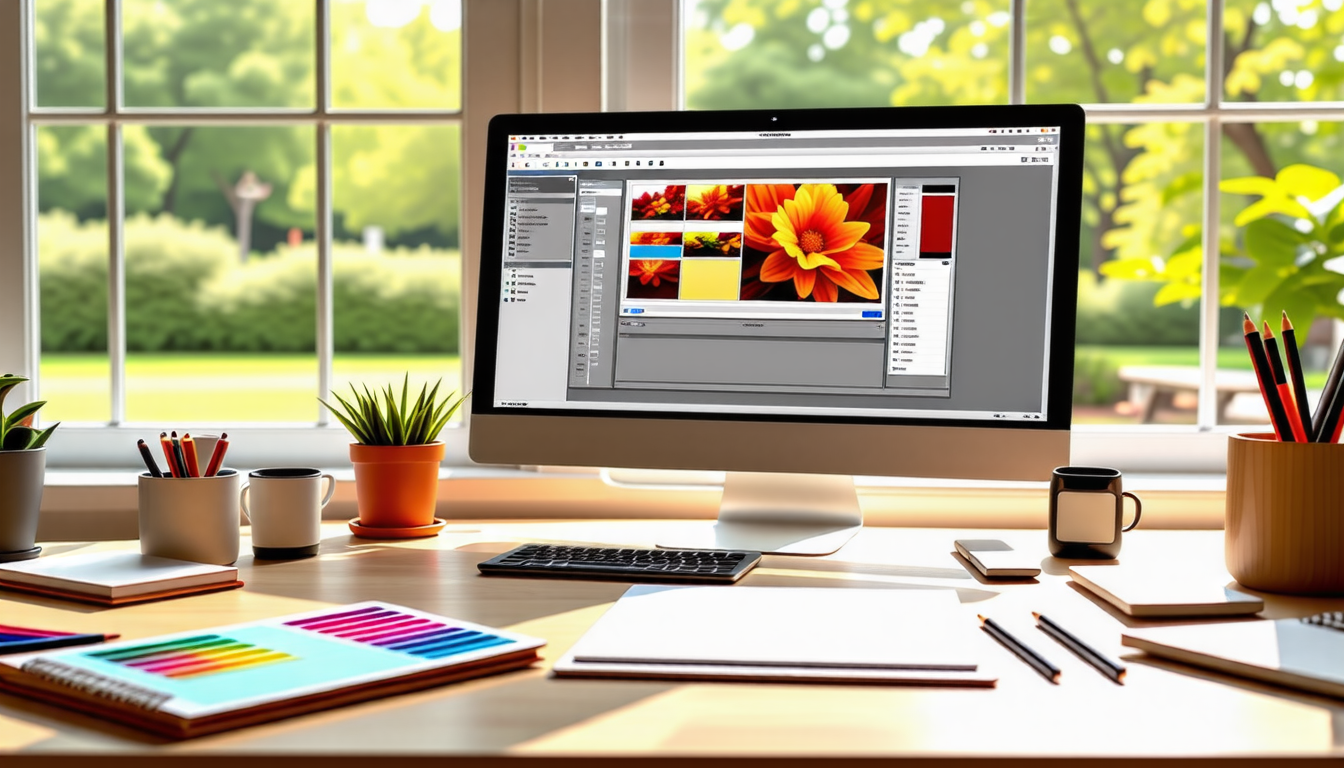|
IN BRIEF
|
In a world inundated with visual noise, the art of minimalist poster design emerges as a refreshing antidote, emphasizing the power of simplicity. By stripping down to the essentials, this design philosophy not only captivates the eye but also conveys profound messages without overwhelming complexity. It’s a harmonious blend of negative space, typography, and a carefully curated color palette that creates striking visuals, inviting audiences to engage. To master minimalist design is to understand its core tenets—how to grab attention, spark interest, ignite desire, and inspire action. This exploration of minimalist poster design reveals the behind-the-scenes principles that transform mere visuals into meaningful statements, encouraging both designers and enthusiasts to embrace the elegance of ‘less is more’ in their creative journeys.
Minimalist poster design represents a refined approach where less is truly more. Understanding the core principles behind this style can significantly enhance the impact of your visual presentations. By stripping away unnecessary elements and focusing on essential details, you can create powerful messages through simplicity. Let’s explore these foundational elements and techniques that define minimalist poster design.
Emotional Impact
Lastly, consider the emotional resonance of your design. A minimalist approach can amplify feelings and create connections with your audience. Whether conveying joy, nostalgia, or contemplation, your minimalistic creations should evoke something profound through their sheer simplicity.
Simplicity
Simplicity is paramount in minimalist design. Each element must serve a specific function, from the imagery to the typeface. The absence of embellishments allows the viewer to focus on the core message. When designing a poster, ask yourself what can be removed rather than added. The aim is to achieve maximum impact with the minimal elements at hand.
Understanding the principles of minimalist poster design is crucial for creating visuals that resonate with audiences while maintaining simplicity. The movement gained traction in the early 20th century, emphasizing the essence of design: “less is more.” A core principle is AIDA—Attention, Interest, Desire, and Action—which ensures the poster captivates viewers from a distance. In fact, studies show that posters incorporating AIDA see a 30% increase in viewer engagement.
Another fundamental aspect is the use of negative space, which allows designs to breathe and focus attention. For instance, employing whitespace can enhance the overall aesthetic, as seen in classic minimalist works where every element serves a purpose. Additionally, a limited color palette not only simplifies the design but also creates striking visuals. Research indicates that designs using two to three colors can improve brand recognition by up to 80%.
Furthermore, typography must be clear and hierarchical. The right font choices not only convey the message but also evoke emotional responses. In essence, by integrating these principles—simplicity, negative space, a cohesive color palette, and effective typography—designers can craft posters that are not only visually appealing but also impactful.
Understanding the principles of minimalist poster design is crucial for any designer looking to create impactful visuals that resonate with audiences. By focusing on simplicity, designers can strip away the unnecessary and let the core message shine through. Utilizing negative space effectively not only creates balance but also draws focus to the essential elements of the design. Select typography with care, ensuring that fonts are both clean and legible, while a limited yet striking color palette adds depth without overwhelming the viewer. Crafting a minimalist poster requires an understanding of these foundational techniques, allowing designers to communicate powerful messages with elegance and clarity, ultimately embracing the philosophy of less is more.
FAQ
What is minimalist poster design?
R: Minimalist poster design is a creative approach that emphasizes simplicity and the use of essential elements to convey a message effectively. This style often relies on negative space, limited color palettes, and clear typography to create impactful visuals.
What are the core principles of minimalist poster design?
R: The core principles include simplicity, which prioritizes essential elements, the effective use of negative space to create balance, choosing clean typography for readability, and maintaining a limited color palette for high contrast.
How does the AIDA model apply to minimalist poster design?
R: The AIDA model, which stands for Attention, Interest, Desire, and Action, plays a vital role in poster design. In minimalist design, a poster must first grab the viewer’s attention, then generate interest and desire through its simplicity, ultimately prompting the desired action.
Why is negative space important in minimalist design?
R: Negative space, or empty areas within the design, is crucial because it helps to draw attention to the key elements of the poster while providing a sense of balance and clarity. It allows the viewer to focus without unnecessary distractions.
How can I effectively use typography in minimalist posters?
R: In minimalist poster design, typography should be clean and legible. Establishing a clear hierarchy allows important information to stand out, while limiting font styles can help maintain a cohesive and minimalist aesthetic.
